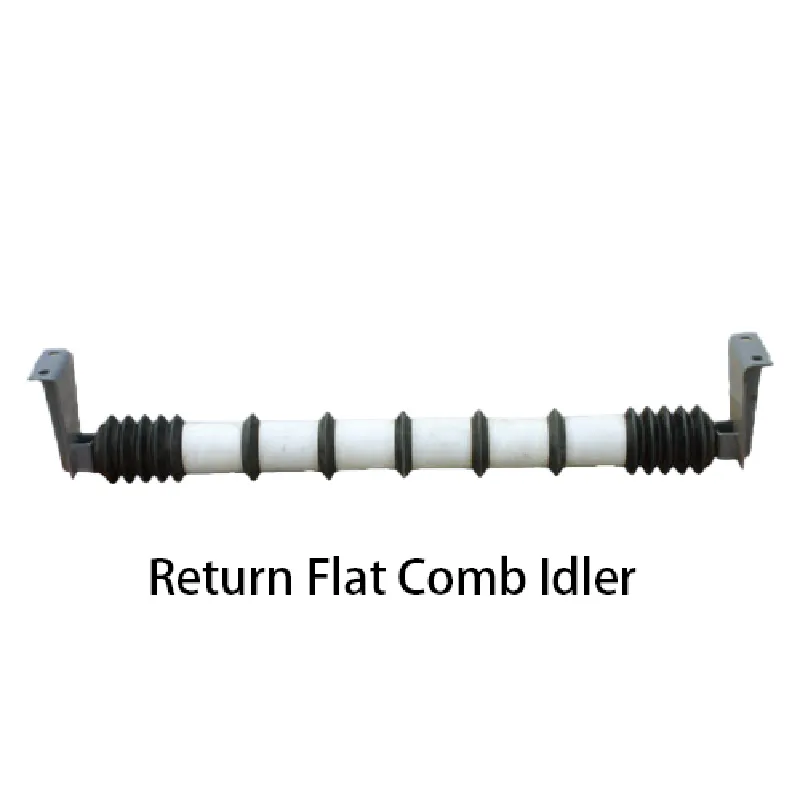 Afrikaans
Afrikaans  Albanian
Albanian  Amharic
Amharic  Arabic
Arabic  Armenian
Armenian  Azerbaijani
Azerbaijani  Basque
Basque  Belarusian
Belarusian  Bengali
Bengali  Bosnian
Bosnian  Bulgarian
Bulgarian  Catalan
Catalan  Cebuano
Cebuano  Corsican
Corsican  Croatian
Croatian  Czech
Czech  Danish
Danish  Dutch
Dutch  English
English  Esperanto
Esperanto  Estonian
Estonian  Finnish
Finnish  French
French  Frisian
Frisian  Galician
Galician  Georgian
Georgian  German
German  Greek
Greek  Gujarati
Gujarati  Haitian Creole
Haitian Creole  hausa
hausa  hawaiian
hawaiian  Hebrew
Hebrew  Hindi
Hindi  Miao
Miao  Hungarian
Hungarian  Icelandic
Icelandic  igbo
igbo  Indonesian
Indonesian  irish
irish  Italian
Italian  Japanese
Japanese  Javanese
Javanese  Kannada
Kannada  kazakh
kazakh  Khmer
Khmer  Rwandese
Rwandese  Korean
Korean  Kurdish
Kurdish  Kyrgyz
Kyrgyz  Lao
Lao  Latin
Latin  Latvian
Latvian  Lithuanian
Lithuanian  Luxembourgish
Luxembourgish  Macedonian
Macedonian  Malgashi
Malgashi  Malay
Malay  Malayalam
Malayalam  Maltese
Maltese  Maori
Maori  Marathi
Marathi  Mongolian
Mongolian  Myanmar
Myanmar  Nepali
Nepali  Norwegian
Norwegian  Norwegian
Norwegian  Occitan
Occitan  Pashto
Pashto  Persian
Persian  Polish
Polish  Portuguese
Portuguese  Punjabi
Punjabi  Romanian
Romanian  Russian
Russian  Samoan
Samoan  Scottish Gaelic
Scottish Gaelic  Serbian
Serbian  Sesotho
Sesotho  Shona
Shona  Sindhi
Sindhi  Sinhala
Sinhala  Slovak
Slovak  Slovenian
Slovenian  Somali
Somali  Spanish
Spanish  Sundanese
Sundanese  Swahili
Swahili  Swedish
Swedish  Tagalog
Tagalog  Tajik
Tajik  Tamil
Tamil  Tatar
Tatar  Telugu
Telugu  Thai
Thai  Turkish
Turkish  Turkmen
Turkmen  Ukrainian
Ukrainian  Urdu
Urdu  Uighur
Uighur  Uzbek
Uzbek  Vietnamese
Vietnamese  Welsh
Welsh  Bantu
Bantu  Yiddish
Yiddish  Yoruba
Yoruba  Zulu
Zulu Effective Strategies for Maintaining Clean Conveyor Belts and Enhancing Productivity
Conveyor Belt Cleaning Solutions Ensuring Efficiency and Hygiene
Conveyor belts are integral to a variety of industries, including manufacturing, food processing, and logistics. They enable the efficient movement of materials, but they also require regular cleaning to maintain optimal performance and hygiene standards. Investing in effective conveyor belt cleaning solutions is crucial for businesses aiming to enhance productivity while ensuring the safety and cleanliness of their operations.
Importance of Conveyor Belt Cleaning
Conveyor belts accumulate dirt, dust, and residues from the materials being transported, which can cause several issues
1. Contamination In food processing industries, inadequate cleaning can lead to cross-contamination between different products, posing serious health risks to consumers.
2. Efficiency A dirty conveyor belt can slow down operations, cause mechanical issues, and increase energy consumption. This inefficiency can lead to increased operational costs.
3. Longevity Regular cleaning of conveyor belts helps maintain their condition, prolonging their lifespan and reducing the need for costly replacements.
4. Compliance Many industries are subject to strict hygiene regulations. Failing to comply with these standards can lead to fines, recalls, or even shutdowns.
Types of Conveyor Belt Cleaning Solutions
Several conveyor belt cleaning systems and technologies are available today, each designed to address specific challenges. Here are some of the most effective solutions
1. Mechanical Cleaners
Mechanical cleaners are often the first line of defense in keeping conveyor belts clean. They include scrapers and brushes that remove debris and material buildup. These devices are typically installed along the conveyor belt and can be adjusted to accommodate various belt sizes and types.
- Scraper Systems These systems use blades made from durable materials to cut through residues and remove them effectively. - Brush Cleaners Brushes can gently scrub the surface of the belt, ideal for more delicate applications, especially in food processing environments.
2. Chemical Cleaners
Chemical cleaners are essential for sanitizing conveyor belts and eliminating stubborn residues that mechanical systems may fail to address
. They can be classified into various categoriesconveyor belt cleaning solutions

- Detergents and Degreasers These are used to dissolve grease and oils, making it easier for mechanical cleaners to remove buildups.
- Sanitizers After mechanical cleaning, sanitizers help kill bacteria and prevent microbial growth, especially critical in food and pharmaceutical industries.
When using chemical cleaners, it is essential to select environmentally friendly options to minimize ecological impact.
3. Water-Based Cleaning Systems
Water is a powerful cleaning agent when used correctly. Water-based cleaning systems can involve high-pressure jets or wash-down systems that thoroughly clean the conveyor belts. These systems are effective but must be used with care to avoid water pooling, which can lead to slippage and mechanical issues.
4. Automated Cleaning Solutions
For industries with high-volume production, automated cleaning solutions are a worthwhile investment. These systems can integrate directly into conveyor belt operations, providing continuous cleaning without interrupting workflow. They often utilize a combination of mechanical scrapers and chemical solutions, optimizing cleaning efficiency on a grand scale.
Best Practices for Conveyor Belt Cleaning
To maximize the effectiveness of conveyor belt cleaning solutions, operators should consider the following best practices
- Regular Maintenance Establishing a routine cleaning schedule can prevent excessive buildup and prolong equipment life.
- Training Staff Proper training on the use of cleaning technologies and chemical safety ensures that the cleaning process is effective and safe.
- Monitoring Regular inspection of conveyor belts will help identify areas that require additional attention or different cleaning methods.
- Choosing the Right Solution Evaluate the specific needs of your operation to select the most appropriate cleaning solutions that meet efficiency and hygiene standards.
Conclusion
Maintaining clean conveyor belts is not just about operational efficiency; it's also about ensuring the safety and quality of products. By investing in appropriate conveyor belt cleaning solutions and adhering to best practices, businesses can improve their productivity, compliance, and overall performance, leading to a more successful and sustainable operation.
-
Revolutionizing Conveyor Reliability with Advanced Rubber Lagging PulleysNewsJul.22,2025
-
Powering Precision and Durability with Expert Manufacturers of Conveyor ComponentsNewsJul.22,2025
-
Optimizing Conveyor Systems with Advanced Conveyor AccessoriesNewsJul.22,2025
-
Maximize Conveyor Efficiency with Quality Conveyor Idler PulleysNewsJul.22,2025
-
Future-Proof Your Conveyor System with High-Performance Polyurethane RollerNewsJul.22,2025
-
Driving Efficiency Forward with Quality Idlers and RollersNewsJul.22,2025





























